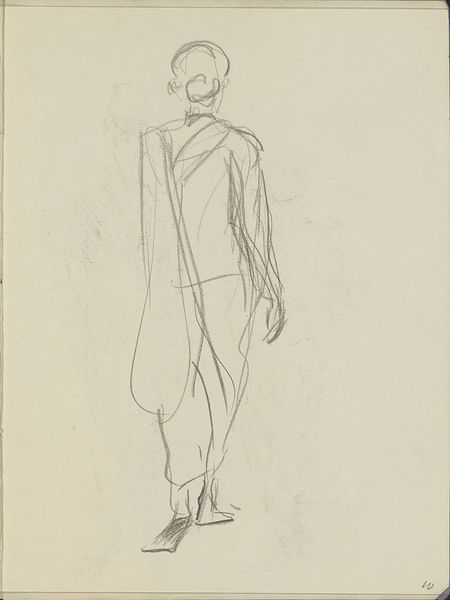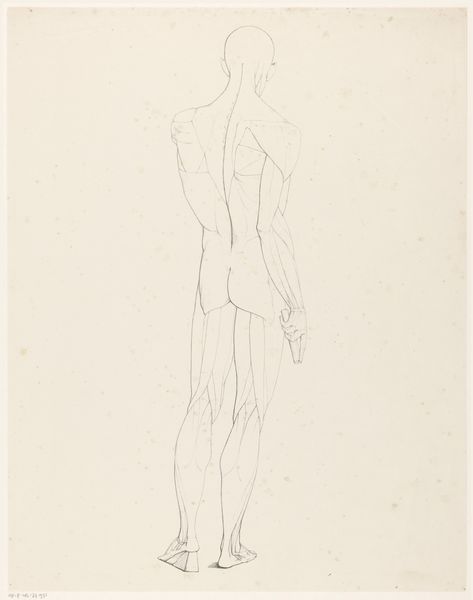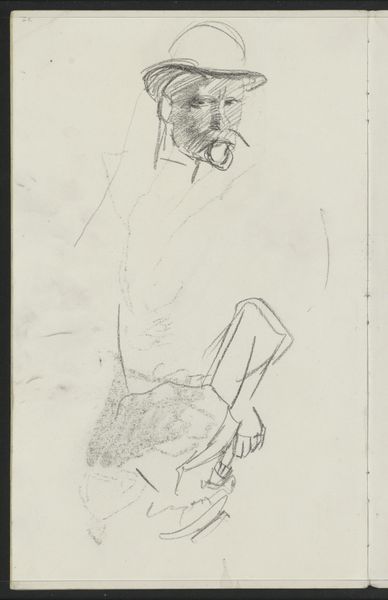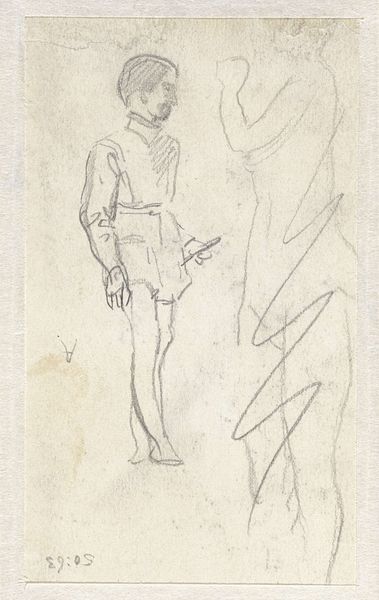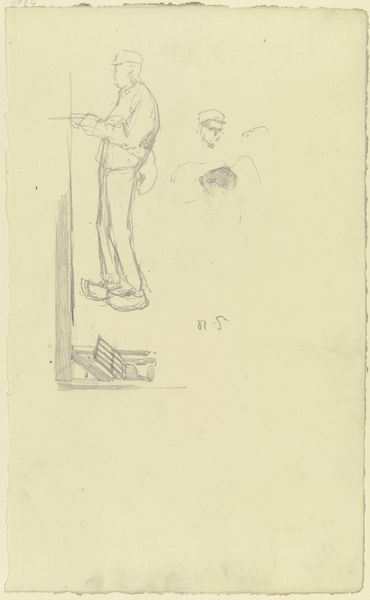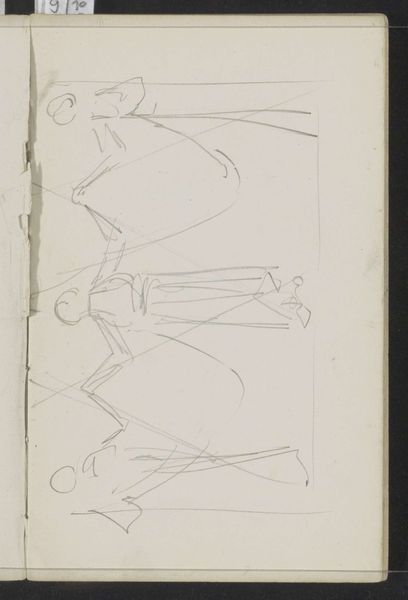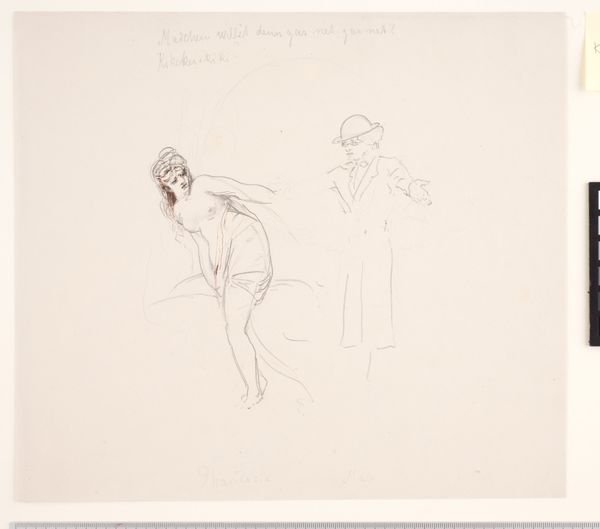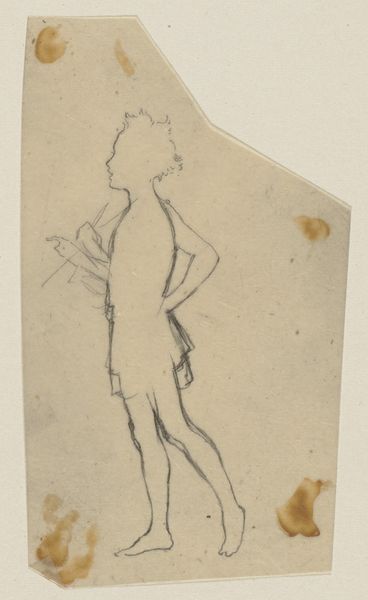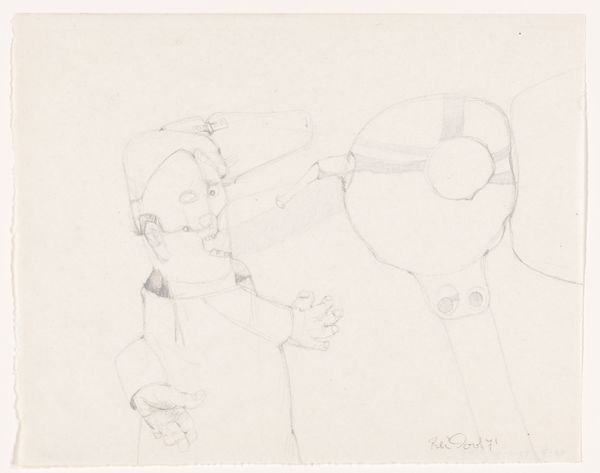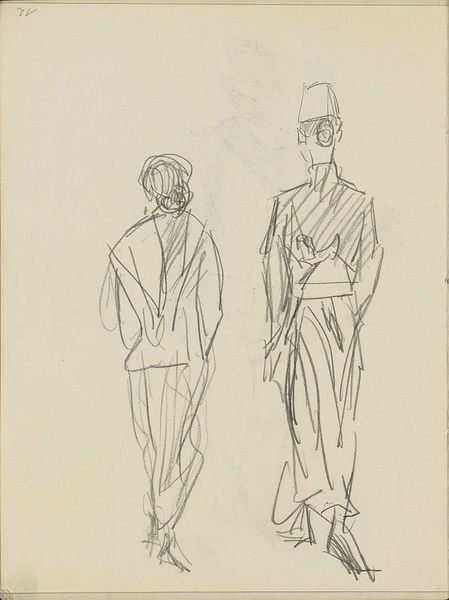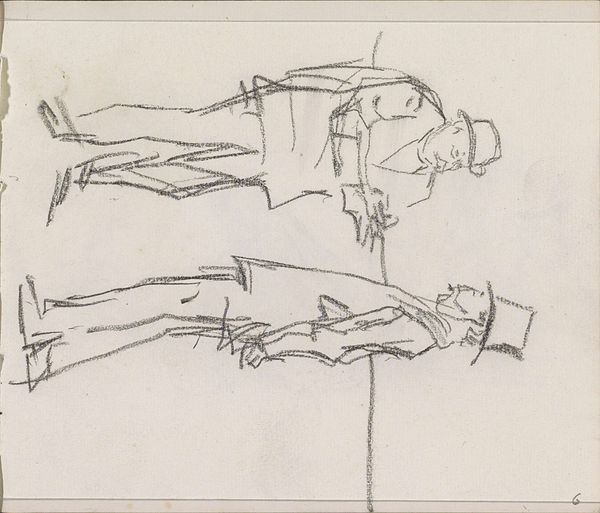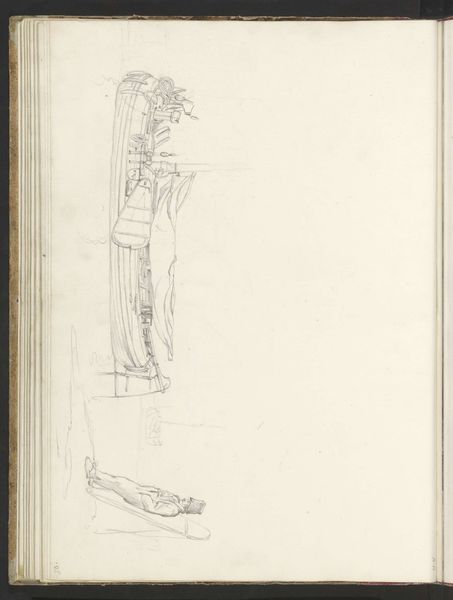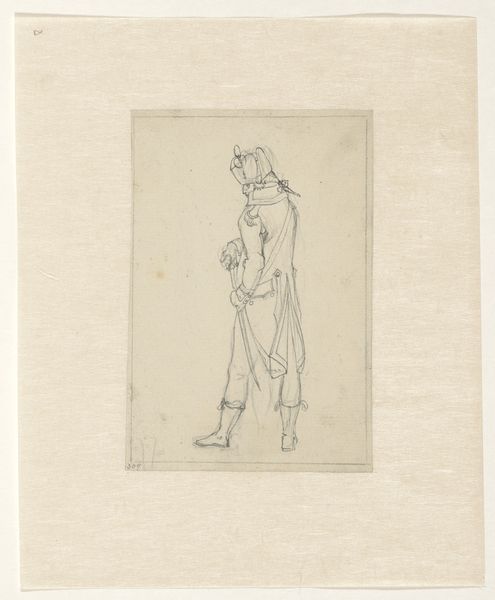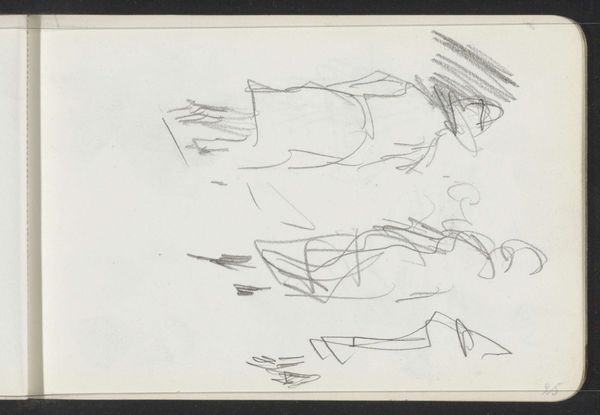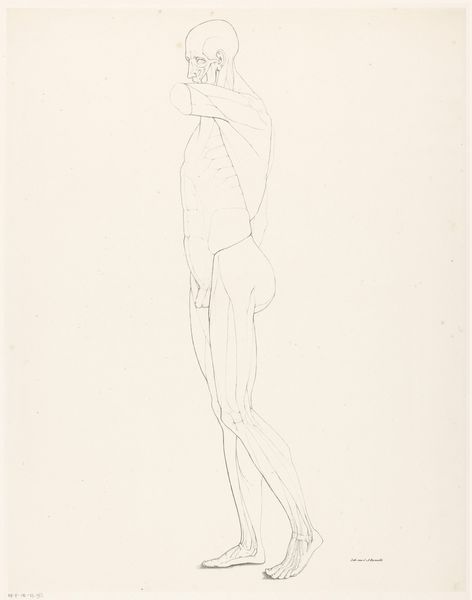
drawing, pencil
#
portrait
#
drawing
#
pencil
#
academic-art
Dimensions: height 280 mm, width 197 mm
Copyright: Rijks Museum: Open Domain
Curator: Let's explore this pencil drawing by Adrianus Johannes Bik, titled "Twee Alfoeren en een detail van een oor," created in 1824. It resides here at the Rijksmuseum. Editor: My first impression is one of ethnographic curiosity, even a sort of detached observation. The spareness of the pencil rendering contributes to that feeling; it seems almost like a clinical study of figures in an anthropological context. Curator: The drawing depicts two Alfur people from the Kai Islands in the Moluccas, a region now part of Indonesia. The artist seems focused on documenting their physical appearance. We must, however, also address the power dynamics at play. This artwork embodies a Western gaze capturing, and potentially objectifying, indigenous populations, as part of an ongoing colonial project. Editor: Indeed. But from an iconographic perspective, look at how the ear is isolated. In many cultures, the ear is not merely for hearing, but symbolizes attentiveness, obedience, and a receptiveness to the divine or to spiritual truths. I wonder if Bik included the ear as an allusion to this rich cultural meaning? Perhaps a hidden narrative on what the west wants to perceive? Curator: It's a compelling point to consider those layered meanings. However, in line with postcolonial theory, this ‘detail’ of the ear also highlights the practice of fragmenting the human form, as it occurs when trying to assign certain racial or class values in a scientific setting. The choice is far from objective. It reveals anxieties within the colonizer society. Editor: The simplicity of the attire might symbolize both vulnerability and a primal connection to nature. Perhaps Bik wished to project some primitive fantasy, although filtered by western sensibilities of pose, scale and composition. Curator: Your reading of symbols is perceptive. And I would argue that we, as viewers, must acknowledge our own subjectivities when interpreting a piece like this, recognizing how historical biases shape our understandings. Editor: Agreed. Reflecting on this drawing, it shows that cultural symbols never exist in isolation but gain deeper meaning when understood in a social-historical context. Curator: Precisely. And hopefully this short discussion helps viewers contextualize the social issues embedded in this colonial-era piece.
Comments
No comments
Be the first to comment and join the conversation on the ultimate creative platform.
